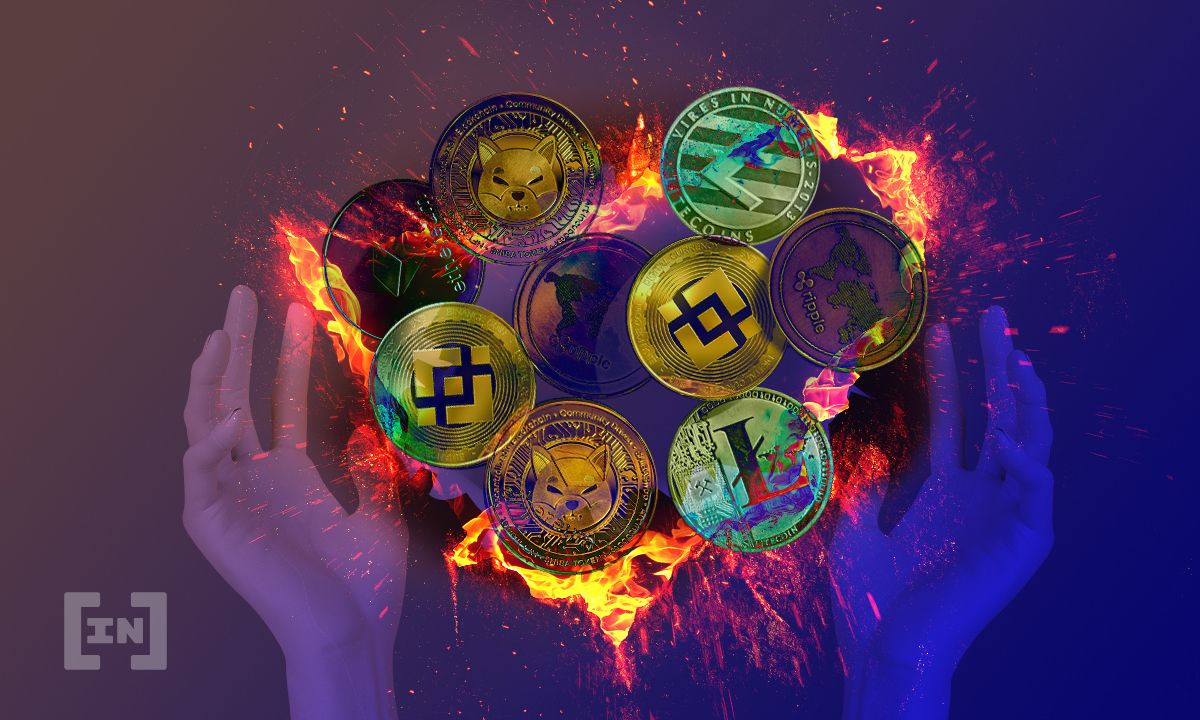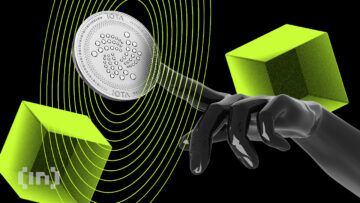In the world of cryptocurrency, the terminology can be difficult to wrap your head around. The processes that underpin blockchain technology require some mulling over to fully comprehend. One of these is “coin burn,” a term that has come up many times recently due to the Ethereum London Hardfork Upgrade.
Coin burning gets rid of some assets in circulation — so no access or trading. However, you may be wondering why anyone would “burn” an asset that could be of value? Keep reading to find out more.
In this guide:
What is a coin burn?
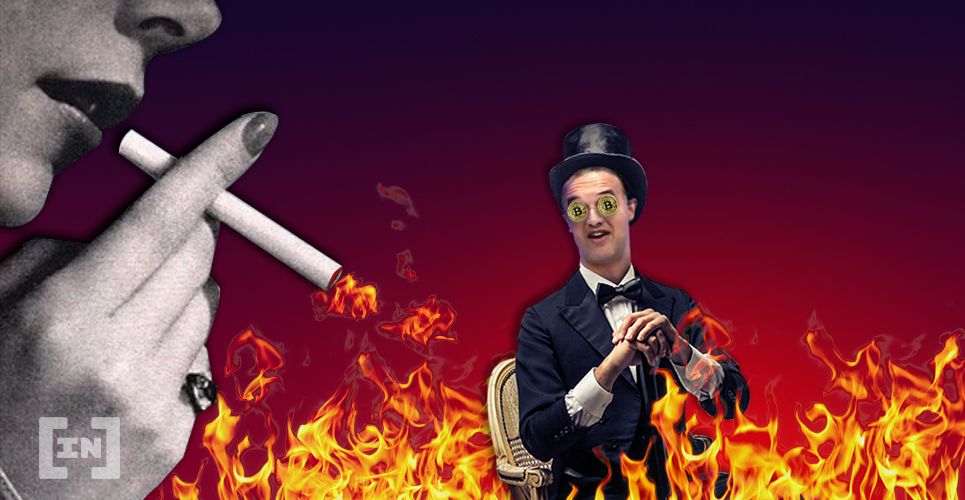
A coin burn is the process of sending cryptocurrency to a wallet which no one has access to, taking it out of circulation, and effectively “burning” it.
Coin burning happens most often when someone wants to control the price inflation of a cryptocurrency. One such example is that of Binance, the cryptocurrency exchange, which burns a certain amount of BNB on a quarterly basis. The company pledged that it would burn 20% of its profits in BNB each quarter, giving these tokens back to users of the platform, only under specific circumstances.
This mainly controls the price of the BNB token for users of the Binance platform that use it. There are other uses for coin burning; why someone or an organization may burn their coins will be down to specific circumstances.
How does it work?
The aim of burning coins or tokens is to take a certain amount of coins out of circulation to control, among other things.
The way to do this is to “burn” the coins that are excess to requirement. The process of burning the coins involves sending it to a wallet address to which no one has access. That is, no one has the private key to access a wallet containing those coins. A so-called “black hole” wallet can prove useful for regular coin burns for a variety of reasons.
While this may seem simple, that’s because the term “coin burn” leads some to believe that it is a far more complicated and lengthy process than it is.
Proof-of-burn
The purpose of burning coins may vary, but one of these is to gain mining power. Compared to the proof-of-work and proof-of-stake mechanisms that use vast amounts of energy to do crypto transactions, the proof-of-burn mechanism is different.
Miners must burn tokens (as counterproductive as this may seem) to gain access to mine cryptocurrency and write blocks at a far cheaper cost than simply mining. The proof-of-burn system also uses very little energy, as it is getting rid of cryptocurrency, rather than creating or mining it.
This, some may argue, is a better way for cryptocurrency to work, due to its lack of environmental impact and minimum cost to the miners.
Benefits of coin burn
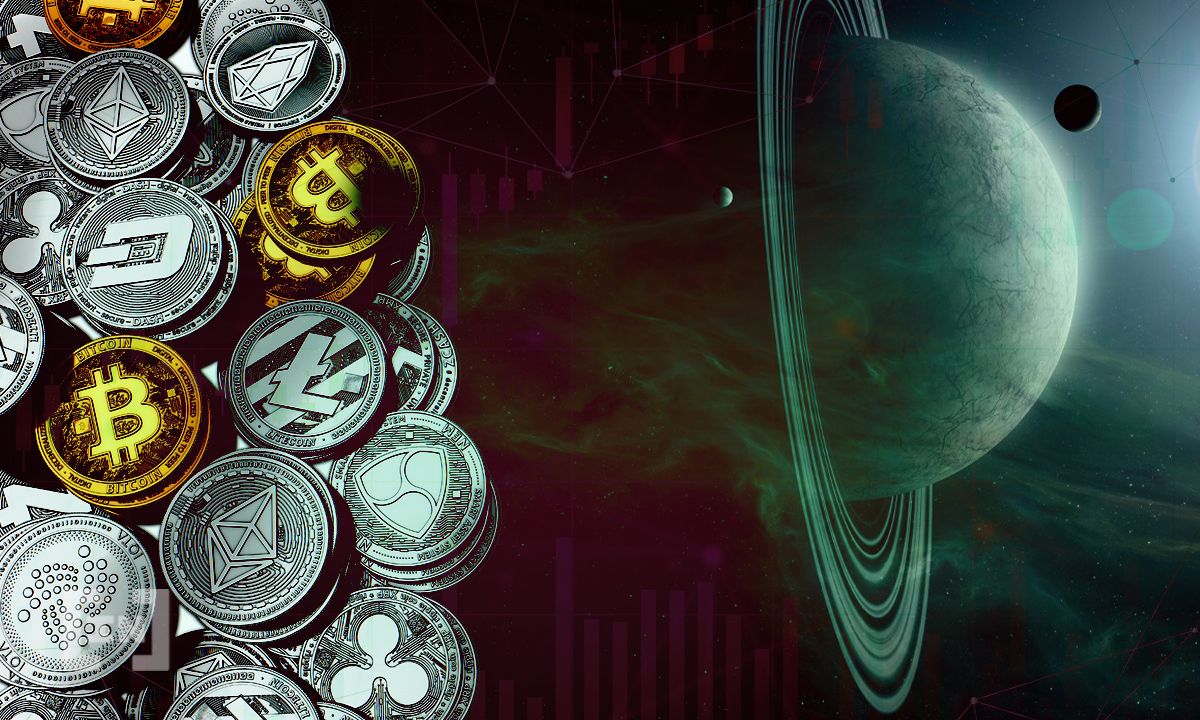
The loss of assets can be one disadvantage of coin burns, but there are several benefits as well. The main one being that, although somewhat artificially, it can control the price of a crypto-asset, stopping either extreme inflation or deflation of a coin’s price.
On top of this, burning a certain number of coins to initiate a transaction for an update is also common. Most recently, the Ethereum London Hardfork Upgrade burned one-third of its coins as a transaction fee, to carry out the first steps towards their full shift from proof-of-work to proof-of-stake.
Finally, some miners may wish to burn their crypto to utilize proof-of-burn, as previously mentioned, to gain cheaper mining and creation of blocks.
Why do coin burns happen?
While there are plenty of reasons why you might burn your coin, here are a few of the main ones that are common:
Artificial price inflation
This may seem like a dodgy trick to manipulate the holdings in people’s portfolios and their value. But actually, most cryptocurrencies teams do this to control the price. This keeps up the demand for the coin, and the value grows slowly (or quickly) over time.
Cryptocurrency upgrades
As previously mentioned, Ethereum recently did a huge upgrade to its crypto (or at least the start of one) and, to achieve this, carried out a massive transaction. The network covered the cost of this transaction or upgrade by burning some of its excess cryptocurrency. There’s another reason why this happens, besides increased value. The upgrade takes place as a transaction and needs to burn some coins to execute.
Recovering lost coins
The final use relates to burning crypto to recover lost coins. In this, rather than return it to its original owners, it goes to those who lost it in unintentional transactions.
Is a coin burn good for investors?
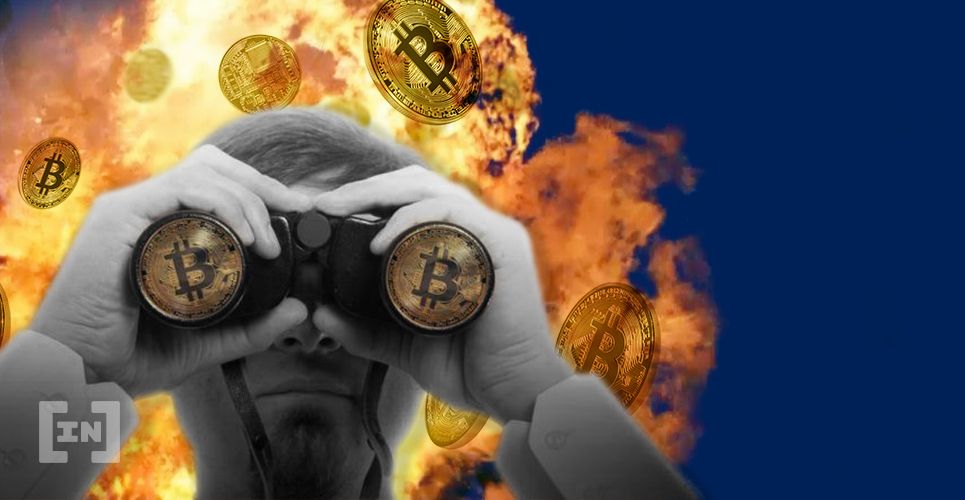
Coin burn is good for investors — not so much for traders. For those who want to hold crypto in a portfolio, there is plenty to gain from coin burning. This is largely down to the fact that there is a high chance that the value of cryptos of which coins have been burned may increase over time.
The mechanism rewards miners and long-term hodlers for holding onto crypto that will make their portfolio grow. So yes, in the grand scheme of things, coin burn can be seen to be good for investors.
Coin burns serve important roles
A coin burn is, whether you like it or not, part of how the blockchain works. It can be used to artificially inflate the value of a coin, whether you think this is the right way to operate a cryptocurrency or not. But it can also be used for good. For example, to eventually be able to return lost coins to users and to make positive upgrades and improvements to the networks of relevant cryptocurrencies.
Overall, coin burning has a positive effect on the particular project’s blockchain and will continue to do so, except when it doesn’t price people out of the cryptocurrency. In the right hands of those teams and individuals that create cryptos, it can help immensely.
Frequently asked questions
What does it mean to burn coins?
Coin burning is just the process of locking them in an inaccessible wallet so that they are taken out of circulation on the blockchain. This has numerous effects on a cryptocurrency, including artificially controlling a coin’s inflation or deflation and, for miners, allowing them to gain more affordable access to the network to mine crypto.
Does a coin burn increase price?
While there is no simple answer to this question, as it depends on many factors. Theoretically, the answer is yes. It goes back to the simple business principle of supply and demand. If there are fewer coins in circulating supply and the same amount of demand, the price should go up.
This isn’t a guarantee and may not be noticeable to the average crypto enthusiast. Sometimes, the effects of coin burns go unnoticed by the majority of users. There is only one instance where this would be noticeable. If the burn involved a considerable amount of coins, it could affect the market price of the coin.
So, yes, in theory, a coin’s price would be increased by coin burn. However, this is not always noticeable unless you have prior knowledge of the coin burn.
What is the purpose of burning crypto?
There are several purposes for burning coins, and much of it is to do with the stability of a coin’s price or the coin itself, in the case of a crypto upgrade. The Ethereum upgrade from earlier this year is a great example of this.
While, in the case of Binance, their purpose for burning BNB is much different, making the platform a fairer place for people to trade.
